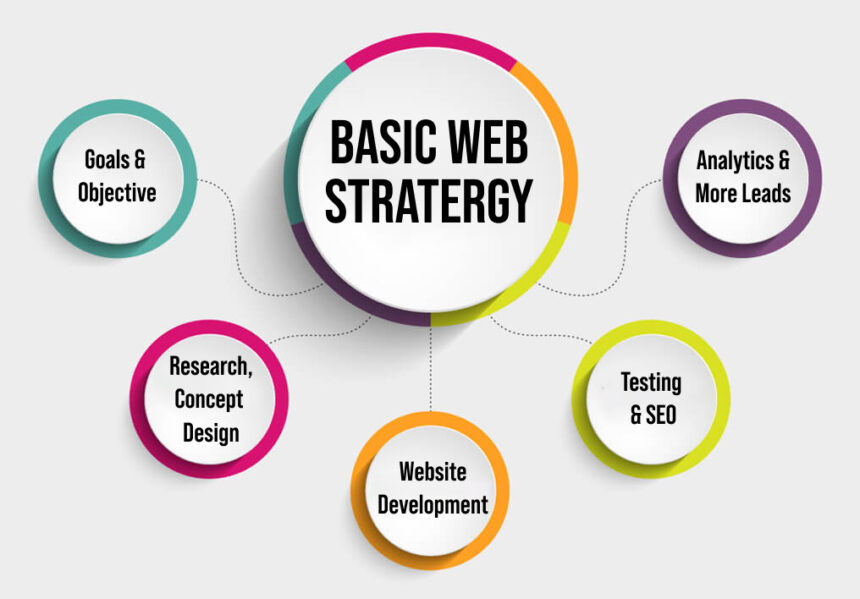Designing and developing a new website requires much more than just aesthetics and functionality. A clear and distinctive strategy is essential to ensure that the website aligns with business goals, engages users effectively, and stands out in a competitive online space. Here, we explore three key aspects of why a well-defined strategy is critical for the success of a website.
1. User-Centered Design and Functionality
A solid web design strategy starts with understanding the target audience. Knowing who will visit your website and what they expect is vital for crafting a user-friendly experience. Focusing on user needs allows designers to create intuitive navigation, relevant content, and responsive features that enhance engagement.
Websites built with a strategic focus on user experience (UX) are far more likely to retain visitors and convert them into customers. The website Ronins.co.uk exemplifies how understanding your audience can drive effective design and seamless functionality, ensuring that users can find what they need quickly and efficiently.
2. Alignment with Business Goals
Another critical aspect of web design strategy is ensuring the website aligns with the company’s broader goals. Whether the purpose is brand building, lead generation, or e-commerce, the design should reflect these objectives. This requires detailed planning on content placement, calls-to-action, and SEO optimization, making sure each element supports the business’s growth and outreach.
A strategic approach integrates the business’s core values and messaging into every facet of the website, creating a unified platform that not only attracts visitors but also drives conversions. For deeper insights on how strategy can shape your website’s performance, visit for further information.
3. Scalability and Future Growth
Web design strategy should not just focus on current needs but also anticipate future growth. As a business evolves, its website must be adaptable, with the ability to scale and incorporate new features like e-commerce functionalities, blogging platforms, or multimedia. Building a website with scalability in mind allows for seamless updates without requiring a complete redesign.
Having a clear and distinctive strategy ensures the website can grow in tandem with the business. Websites built with a forward-looking design framework can save time and resources in the long run, ensuring continued relevance and usability.
Conclusion
In conclusion, a strategic approach to web design is indispensable for creating a website that is user-friendly, goal-oriented, and scalable. Whether you’re building a simple portfolio site or a comprehensive business platform, ensuring that every aspect aligns with your strategy will lead to better results. Websites like Ronins.co.uk showcase the importance of strategy in delivering a top-notch user experience while aligning with business goals.






